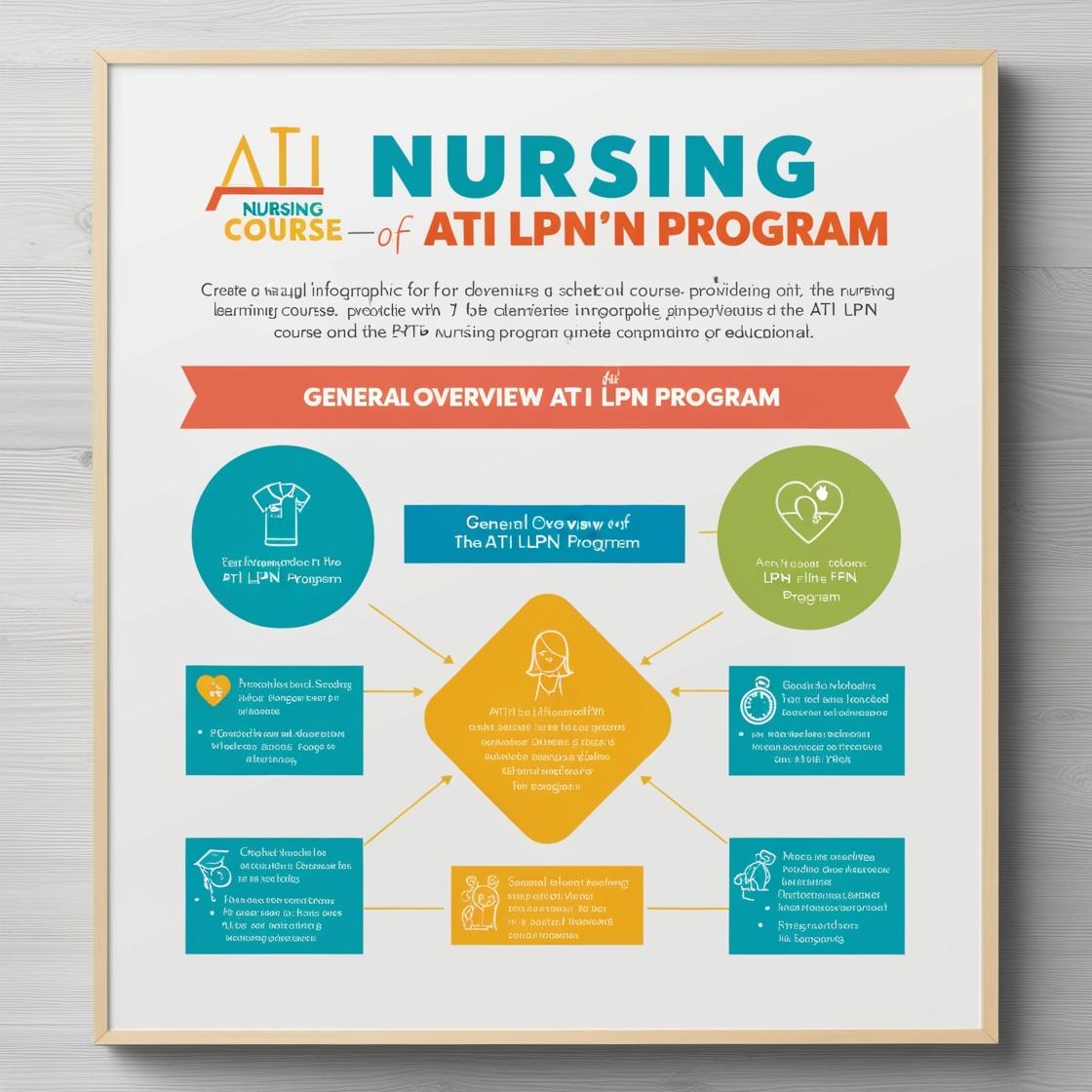LPN LPN
LPN Nursing Fundamentals
1. A client with a new diagnosis of COPD is being taught about dietary management. Which of the following statements should be included in the teaching?
- A. You should increase your intake of high-calorie foods.
- B. You should decrease your intake of high-protein foods.
- C. You should avoid foods that contain lactose.
- D. You should increase your intake of high-fiber foods.
Correct answer: A
Rationale: The correct statement to include in the teaching for a client with a new diagnosis of COPD is that they should increase their intake of high-calorie foods. This is important to help maintain energy levels and manage weight. COPD can lead to increased energy expenditure due to the increased work of breathing, making it crucial to consume adequate calories for energy. High-calorie foods can help prevent weight loss and support overall nutritional status in COPD patients. Choice B is incorrect because high-protein foods are important for maintaining muscle mass in COPD patients. Choice C is incorrect as there is no need to avoid foods that contain lactose unless the client is lactose intolerant. Choice D is incorrect as increasing high-fiber foods may exacerbate symptoms like bloating and gas in COPD patients.
2. A client with a new diagnosis of chronic kidney disease is being taught about dietary management. Which of the following statements should be included in the teaching?
- A. Increase your intake of protein-rich foods.
- B. Decrease your intake of phosphorus-rich foods.
- C. Avoid foods that contain lactose.
- D. Increase your intake of potassium-rich foods.
Correct answer: B
Rationale: In chronic kidney disease, decreasing the intake of phosphorus-rich foods is essential as impaired kidney function can lead to difficulty in excreting phosphorus, causing an imbalance. This can result in bone and heart complications. Therefore, educating the client to reduce phosphorus intake is crucial for managing the disease and preventing further complications. Option A is incorrect because excessive protein intake can burden the kidneys. Option C is not directly related to the management of chronic kidney disease. Option D is also incorrect as potassium intake may need to be limited in certain stages of kidney disease.
3. A client has a new diagnosis of hyperlipidemia and is receiving teaching from a nurse about dietary management. Which of the following statements should the nurse include in the teaching?
- A. You should increase your intake of trans fats.
- B. You should decrease your intake of fiber-rich foods.
- C. You should avoid foods that are high in cholesterol.
- D. You should increase your intake of high-fat foods.
Correct answer: C
Rationale: The correct statement the nurse should include in teaching the client with hyperlipidemia is to avoid foods that are high in cholesterol. Foods high in cholesterol, like those high in saturated and trans fats, can contribute to elevated lipid levels and increase cardiovascular risk. Decreasing intake of these foods can help improve lipid profiles and reduce the risk of complications. Choices A, B, and D are incorrect because increasing intake of trans fats, decreasing fiber-rich foods, and increasing intake of high-fat foods can exacerbate hyperlipidemia and worsen the lipid profile.
4. A client has a new diagnosis of hyperkalemia and is receiving teaching from a healthcare provider on dietary management. Which of the following statements should the healthcare provider include in the teaching?
- A. You should increase your intake of potassium-rich foods.
- B. You should decrease your intake of potassium-rich foods.
- C. You should avoid foods that contain lactose.
- D. You should increase your intake of dairy products.
Correct answer: B
Rationale: The correct answer is B: 'You should decrease your intake of potassium-rich foods.' Hyperkalemia is a condition characterized by excess potassium in the blood. To manage hyperkalemia effectively, it is crucial to reduce the intake of potassium-rich foods. This helps in lowering the overall potassium levels in the body and prevents complications associated with hyperkalemia. Choices A, C, and D are incorrect. Increasing the intake of potassium-rich foods (Choice A) would exacerbate hyperkalemia. Avoiding foods that contain lactose (Choice C) is not directly related to managing hyperkalemia. Increasing the intake of dairy products (Choice D) is not recommended as they can be a significant source of dietary potassium.
5. A client has a new diagnosis of osteoarthritis and is being taught about dietary management. Which of the following statements should be included in the teaching?
- A. Increase your intake of calcium-rich foods.
- B. Avoid foods that are high in potassium.
- C. Increase your intake of vitamin D-rich foods.
- D. Avoid foods that are high in sodium.
Correct answer: C
Rationale: The correct statement to include in the teaching is to increase the intake of vitamin D-rich foods. Vitamin D helps improve calcium absorption, which is beneficial for bone health and may help alleviate symptoms of osteoarthritis. Option A is incorrect because while calcium is important for bone health, the focus should be on vitamin D for calcium absorption. Option B is incorrect as potassium is generally not restricted in osteoarthritis. Option D is also incorrect as sodium restriction is more relevant for conditions like hypertension or heart failure, not specifically for osteoarthritis.
Similar Questions

Access More Features
ATI LPN Basic
$69.99/ 30 days
- 50,000 Questions with answers
- All ATI courses Coverage
- 30 days access @ $69.99
ATI LPN Premium
$149.99/ 90 days
- 50,000 Questions with answers
- All ATI courses Coverage
- 30 days access @ $149.99
